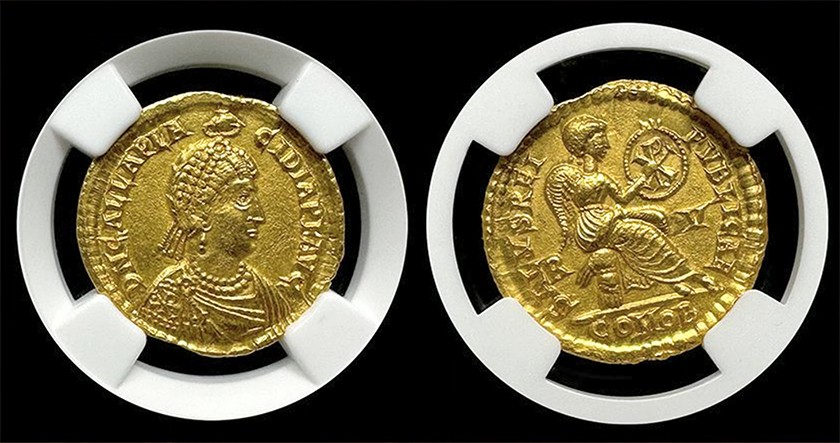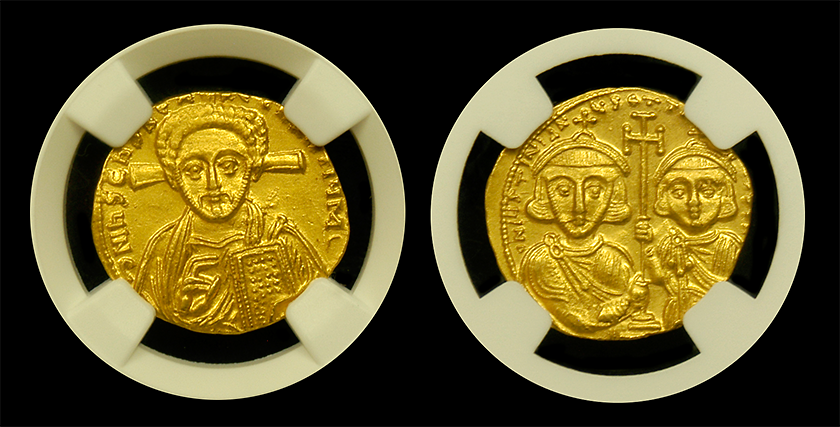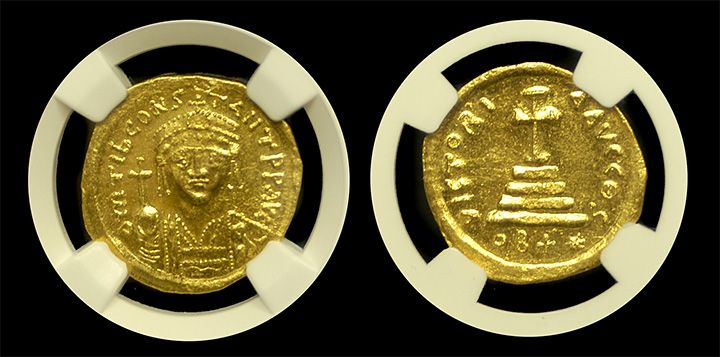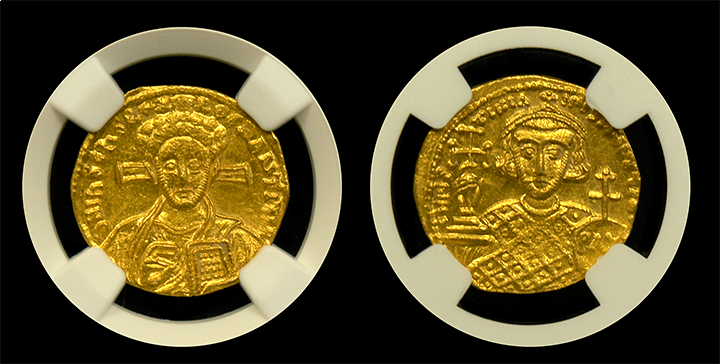
Who was Galla Placidia?
April 26, 2024
Early Life and the Division of the Empire
Who was Galla Placidia? Galla Placidia, born around AD 3...
Expert insights on rare coins, precious metals, and numismatics

April 26, 2024
Who was Galla Placidia? Galla Placidia, born around AD 3...

April 4, 2023
Easter is a significant time for Christians all over the world. Most importantly, it commemorates the resurrection of Jesus Christ from the dead. For coin collectors, it is an opportunity to explore the Read More →

August 20, 2022
As far as the history of rulers of the Byzantine Empire, Tiberius II was a good emperor. Tiberius II ruled as an Eastern Roman emperor from 574 to 582. He ruled Byzantine Empire under the Justinian dyna...

April 6, 2021
The Roman Empire began fragmenting in the 5th century AD. However, as the Western Empire fell in c. 376-476, the Eastern Roman Empire began to thrive. The name Byzantine Empire, or Byzantium became more popular than calling it the Eastern Roman Empire. There was also a clear...